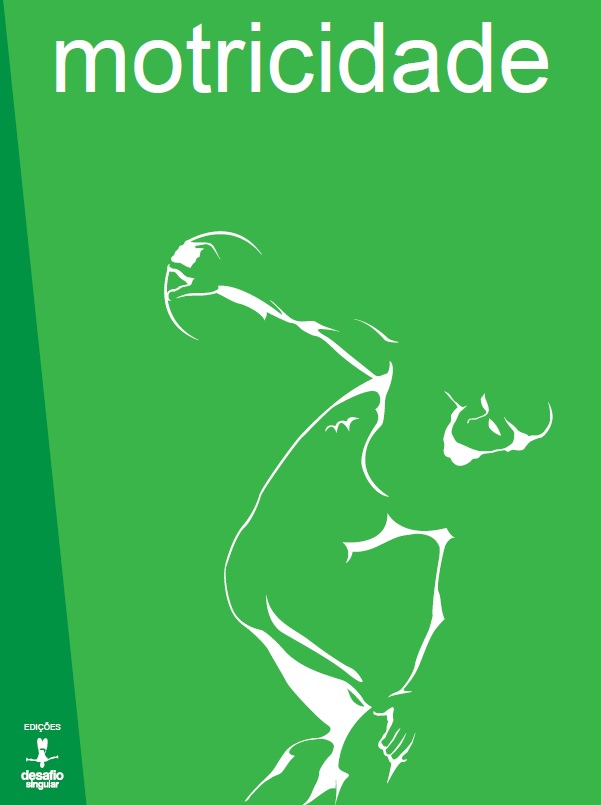Validation of automated apparatus for upper limb velocity testing
DOI:
https://doi.org/10.6063/motricidade.15983Resumo
The purpose of this paper was to validate the ability of automated devices to measure the velocity of the upper limbs. Thus, 144 students, from 8 to 17 years old, both sexes, participated in the study in a social project in the city of Natal/RN. The Automated Tapping Test (AATT) was developed following the dimensions of the original EUROFIT test, but built out of metal parts, so that the calibration was more accurate and could be read as an electronic signal by the integrated circuit. The upper limb velocity test was applied in three steps: before performing the original test, all participants underwent a laterality check and then motor practice similar to the original test. After 30 minutes, the first step in the pattern established by the EUROFIT test battery was performed and 30 minutes later, the third stage, with the AATT. The measurement reliability of the automated apparatus was tested through intraclass correlations and a strong intraclass interaction coefficient of r = 0.901 was found. In conclusion, the AATT was found to be accurate and efficient as to what it is proposed to evaluate, being able to minimize the intra-evaluator error and to assist professionals in the sports.
Downloads
Publicado
Edição
Secção
Licença
Os autores dos manuscritos submetidos para publicação deverão ceder, a título integral e permanente, os direitos de autor (copyright) à revista Motricidade e às Edições Desafio Singular. A cedência de direitos de autor permite a publicação e divulgação do artigo em formato impresso ou eletrónico e entrará em vigor a partir da data de aceitação do manuscrito. Os autores concedem, ainda, os direitos para a revista Motricidade utilizar e explorar o respetivo artigo, nomeadamente para licenciar, ceder ou vender o seu conteúdo a bases de resumos/indexação ou outras entidades.
Nos termos da licença “Creative Commons”, os autores poderão reproduzir um número razoável de exemplares para uso pessoal ou profissional, mas sem fins comerciais. Nos termos da licença SHERPA/RoMEO, os autores poderão, ainda, disponibilizar/arquivar uma cópia digital final (versão postprint) do artigo no seu website ou no repositório científico da sua instituição.

